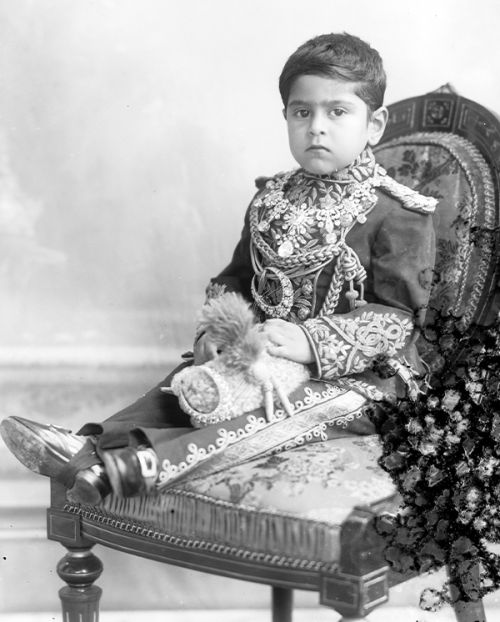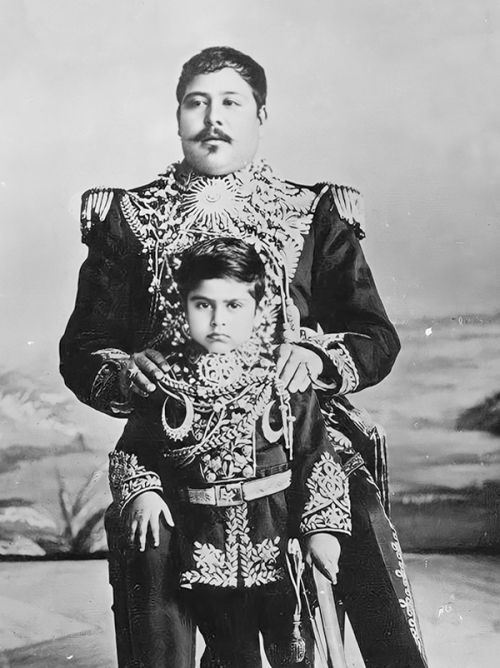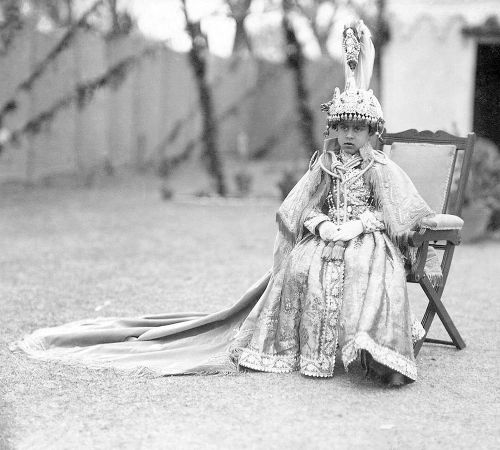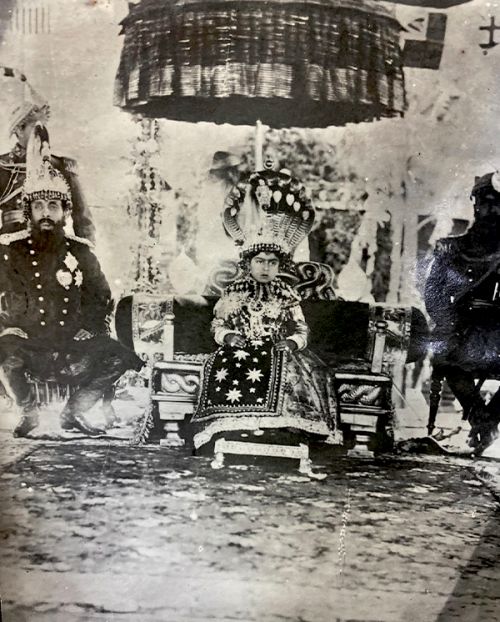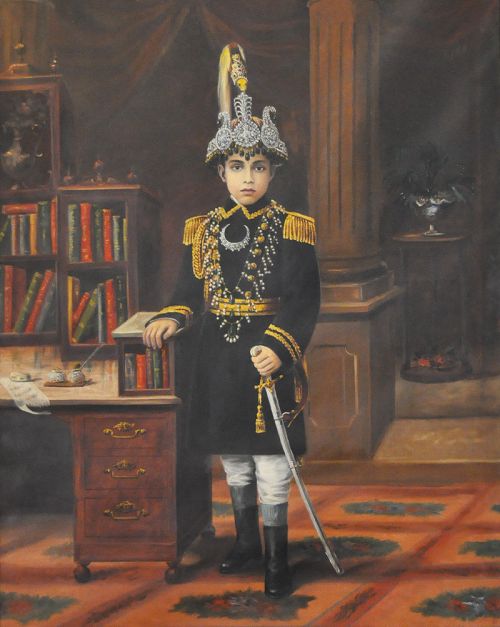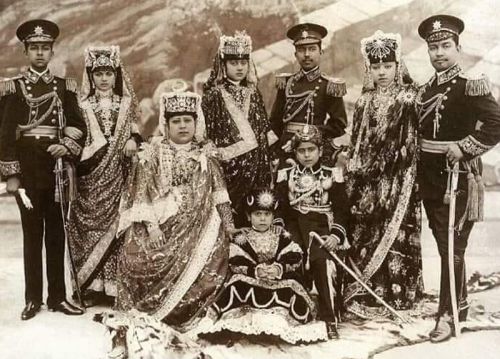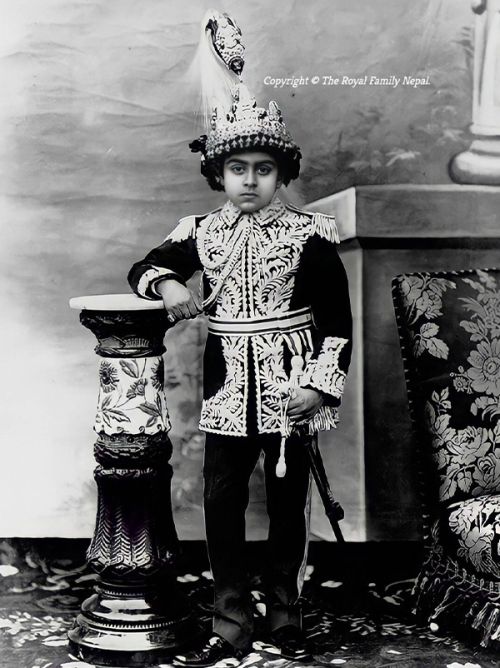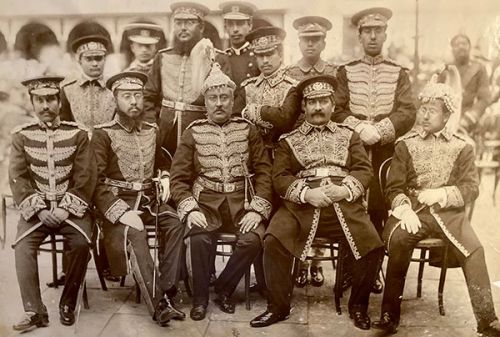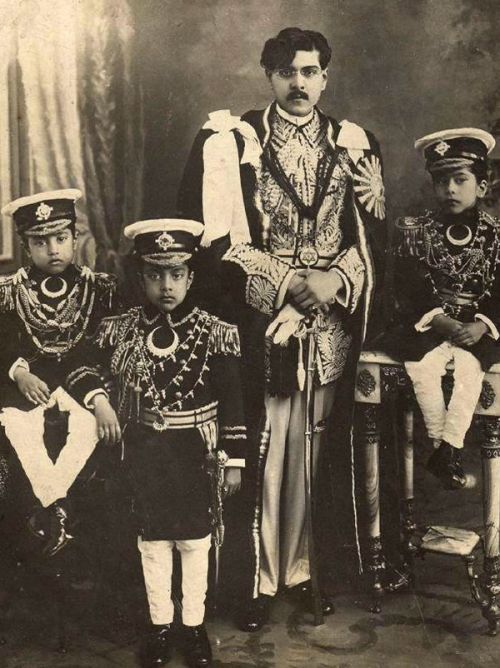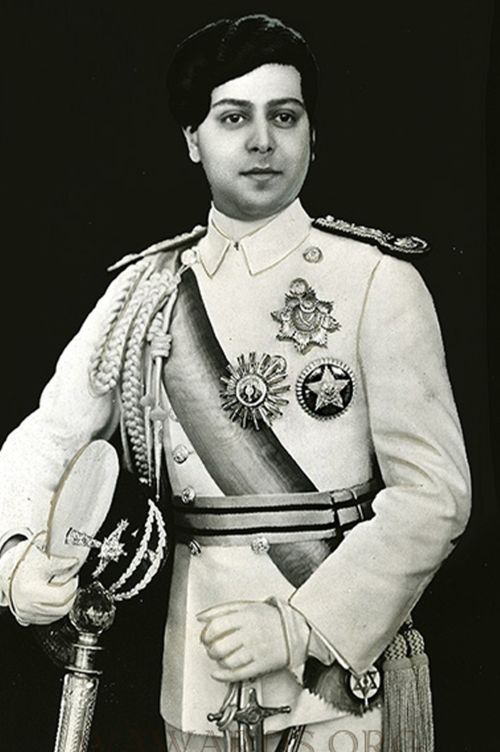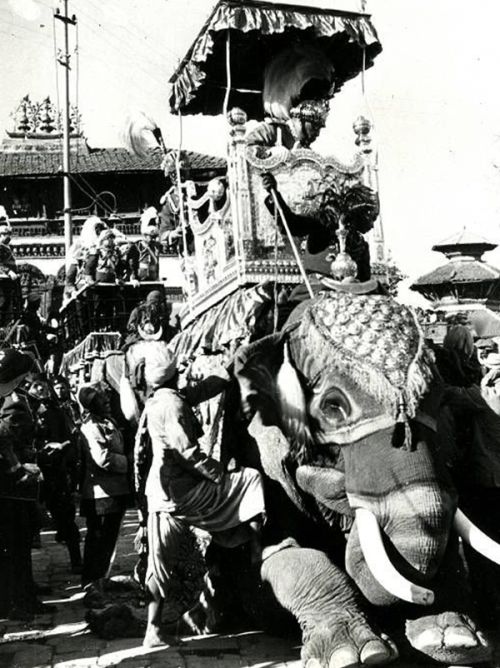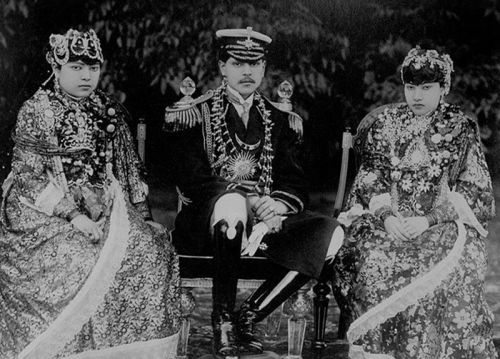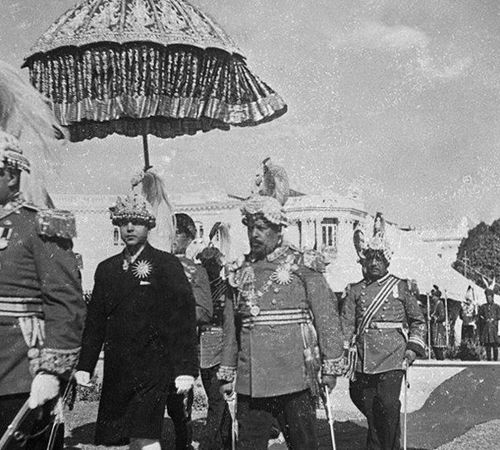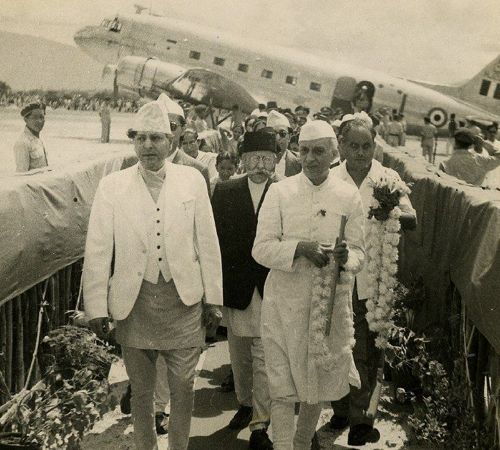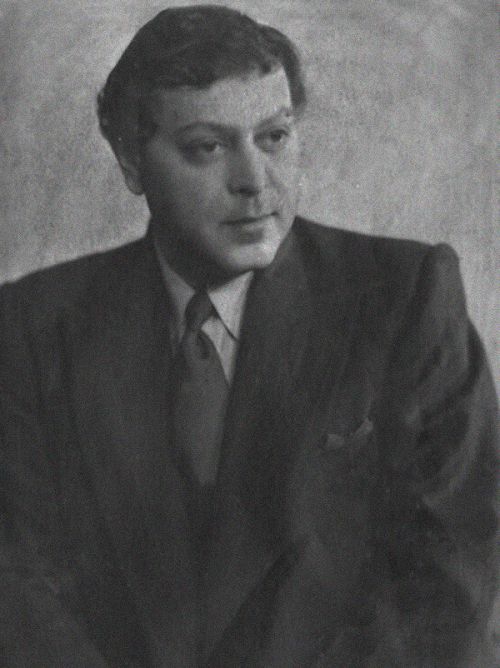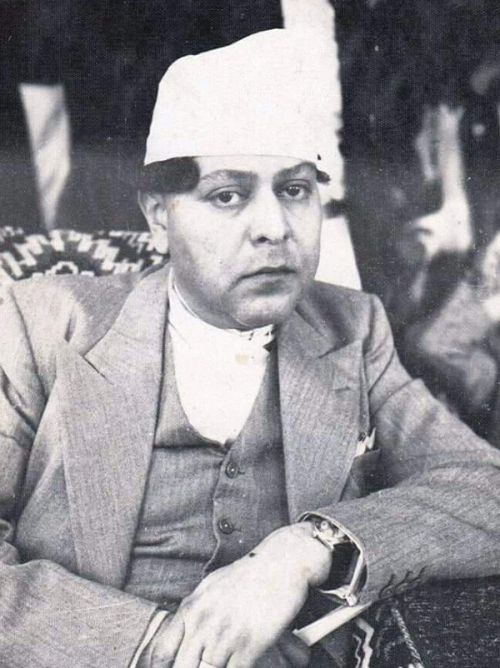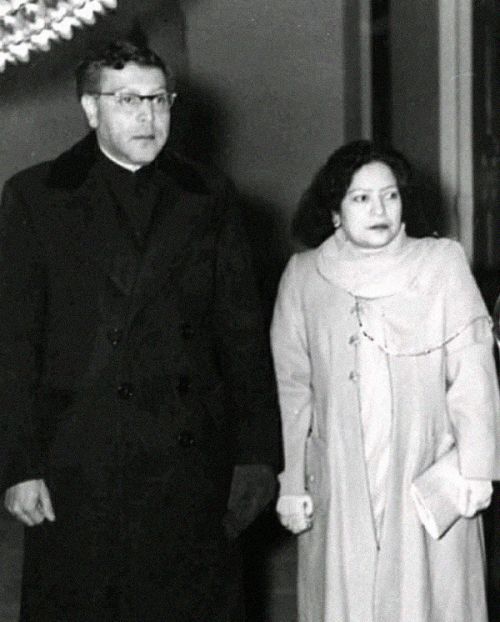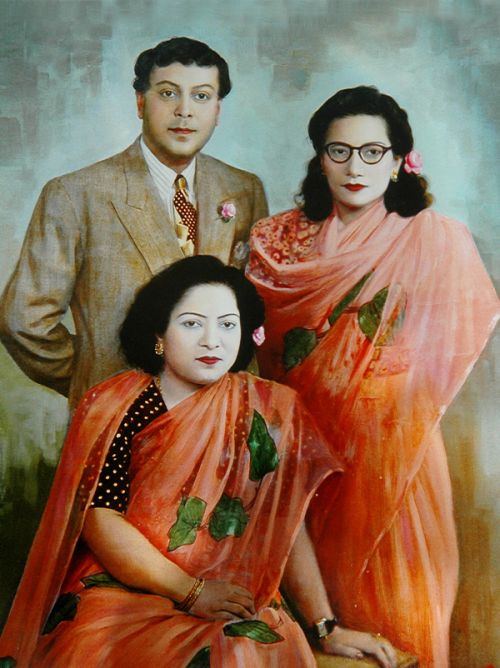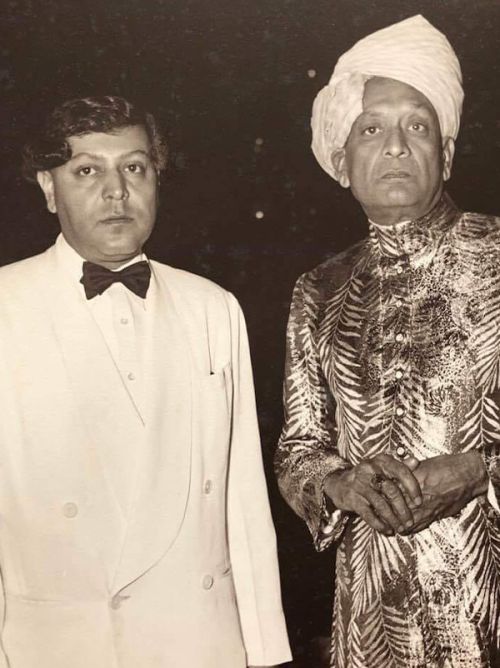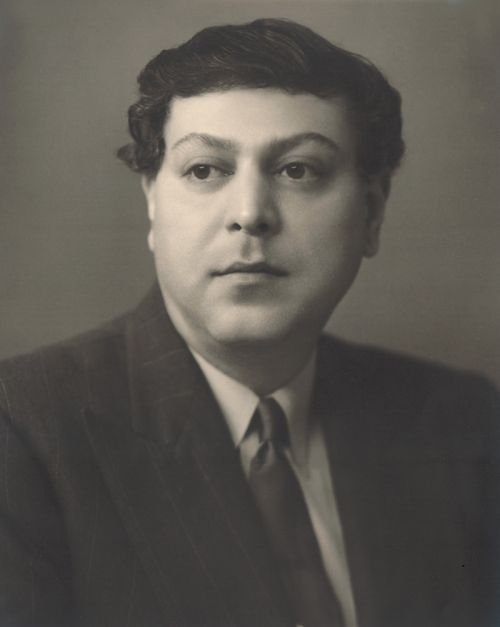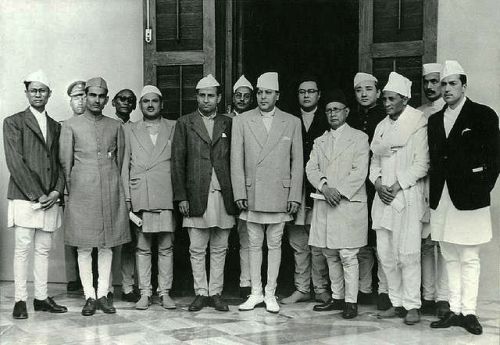
HM KING
TRIBHUVAN BIR BIKRAM SHAH DEV
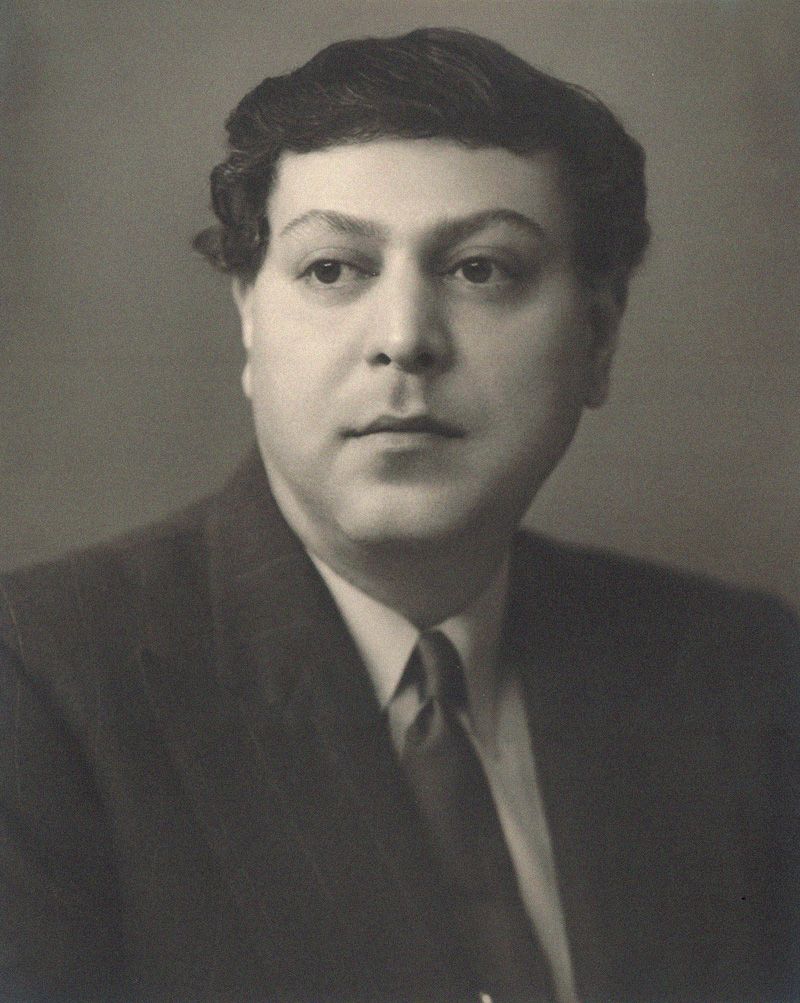
As a key figure in bringing democracy to Nepal, he is also referred to as the “Father of the Nation.
For most part of his reign as the King of Nepal, His Majesty King Tribhuvan Bir Bikram Shah Dev was a titular King.
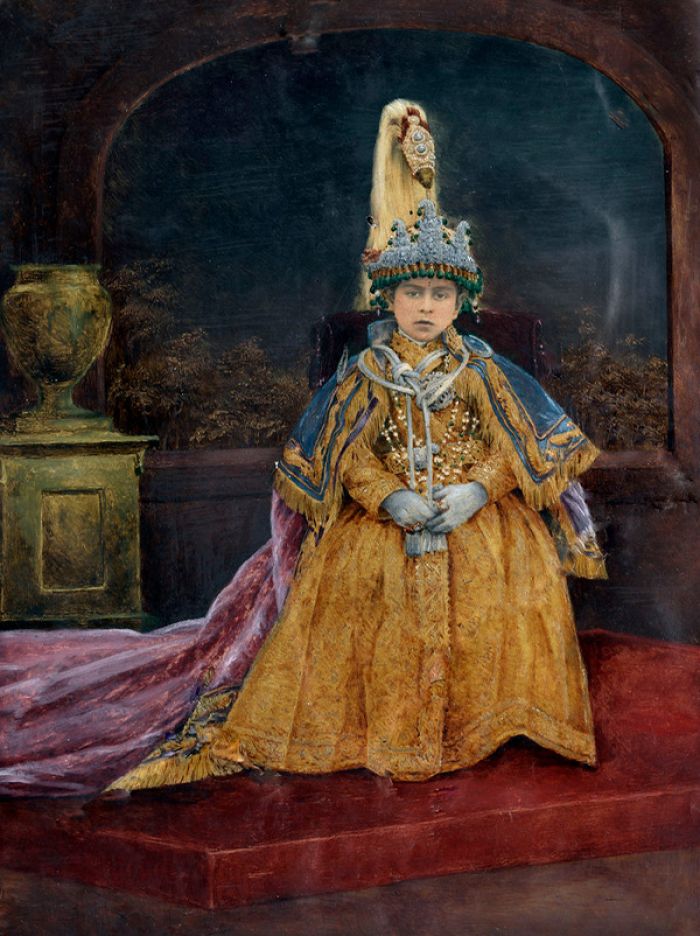
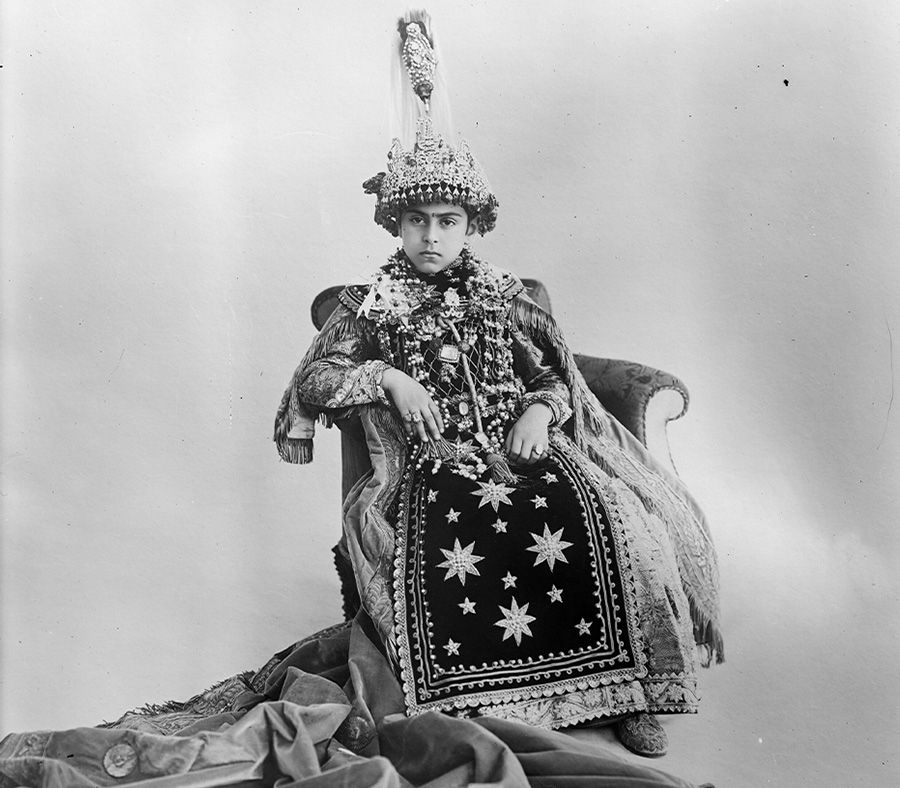
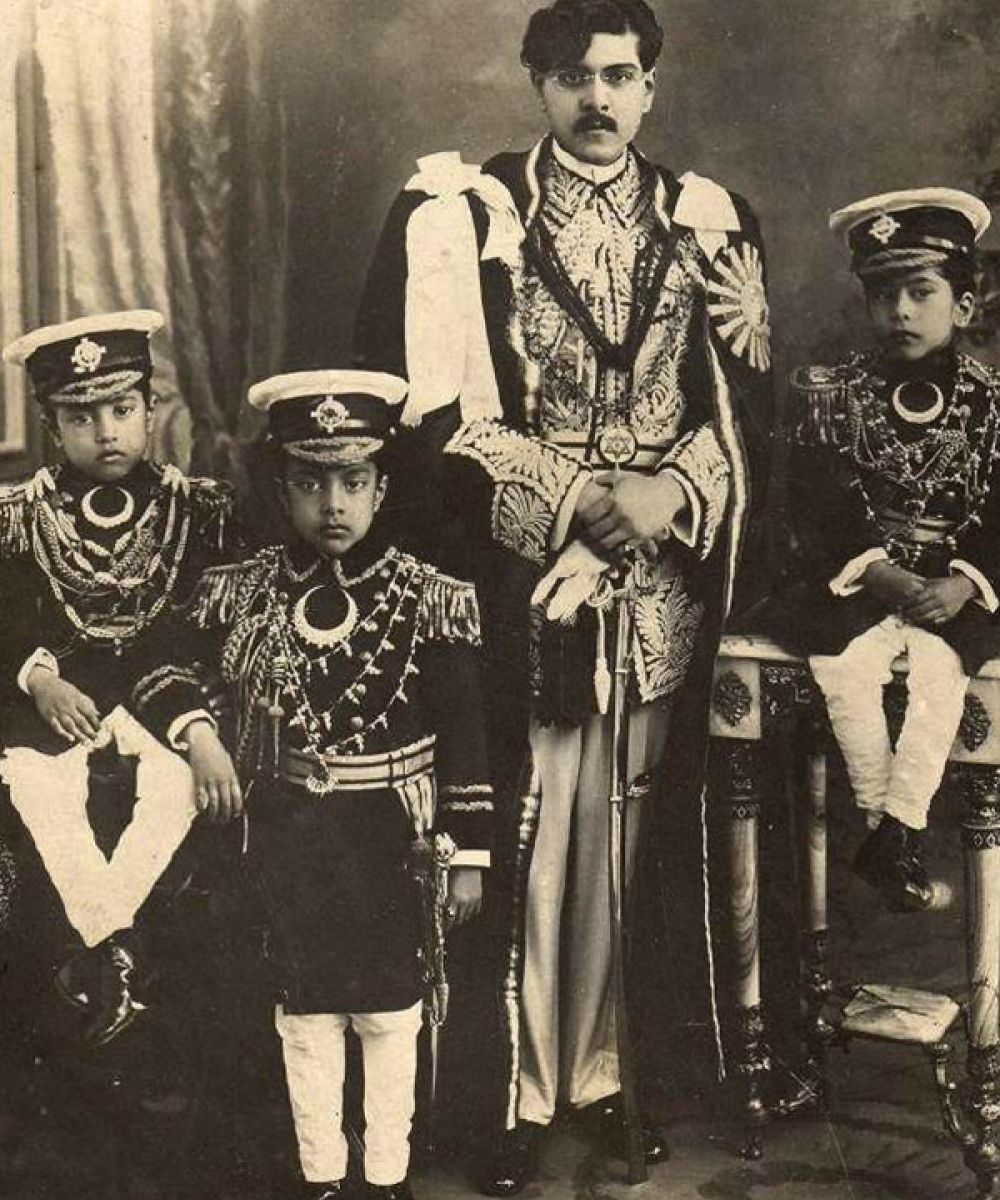
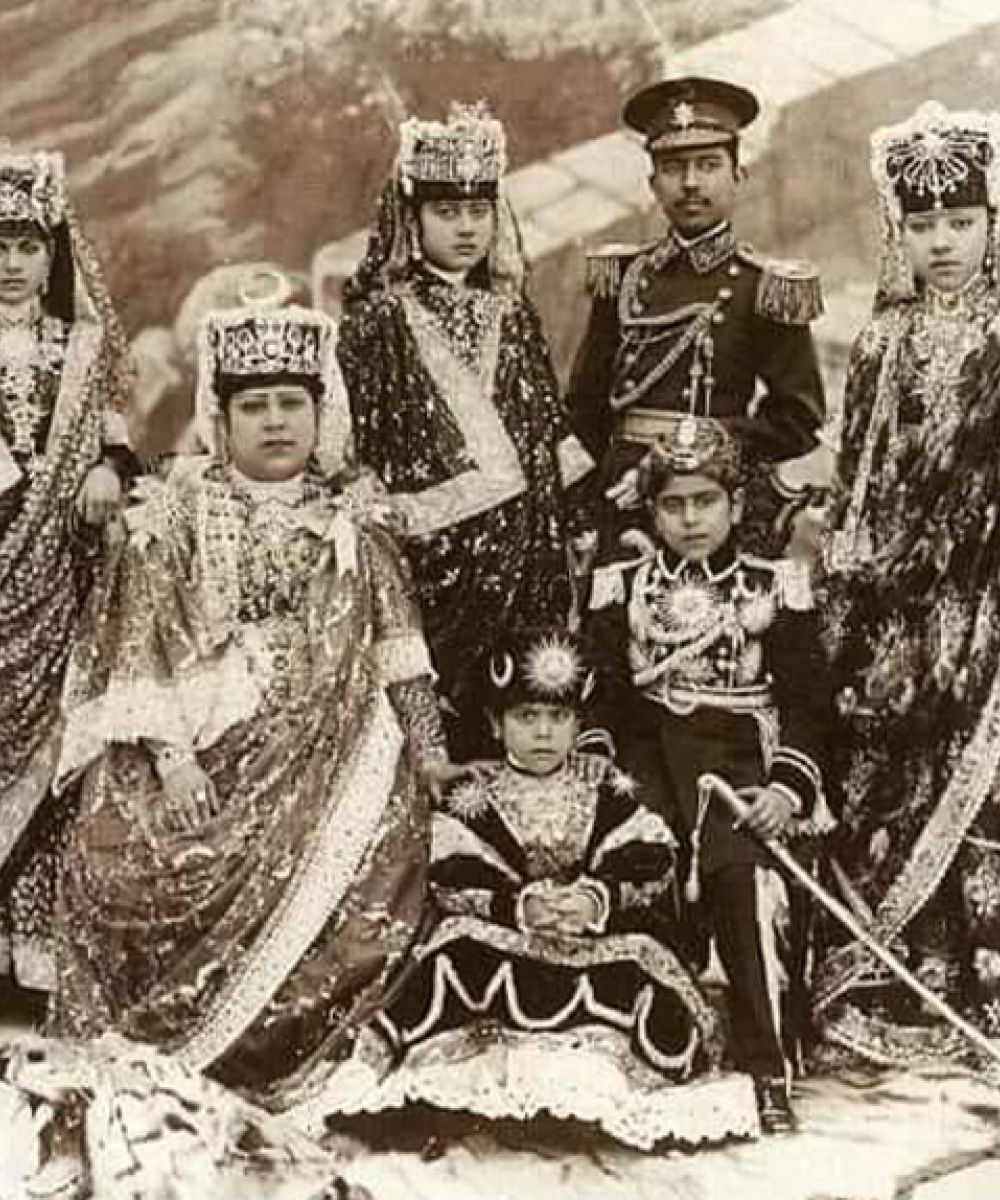
EARLY LIFE
His Royal Highness Prince Tribhuvan Bir Bikram Shah was the first-born son of His Majesty King Prithvi Bir Bikram Shah Dev. He was born on 30 June 1906 to His Majesty the King and his second Queen consort, Her Majesty Queen Divyeshwari Laxmi Devi Shah. As the first born son, he was in the direct line of succession to the throne.
Not long after the birth of HRH Crown Prince Tribhuvan, His Majesty King Prithvi died under suspicious circumstances. The young Crown Prince ascended the throne on 11 December 1911. He was only 5 years old. Until he came of age, Her Majesty the Queen Mother Divyeshwari was the regent.
At the age of 12, His Majesty King Tribhuvan Bir Bikram Shah Dev was married to Princess Kanti at the Narayanhiti Royal Palace in March 1919. Later, the same day he also married Princess Ishwari. They were sisters born to Arjan Singh Sahib, Raja of Chhatara, Bargaon and Oudh and his wife, Krishnavati Devi Sahiba.
On 11 June 1920, His Majesty’s heir His Royal Highness Crown Prince Mahendra Bir Bikram Shah was born to Crown Princess Kanti. HRH Crown Prince Mahendra was followed by siblings HRH Prince Himalaya Bir Bikram Shah, HRH Princess Trilokya Rajya Laxmi Shah, HRH Princess Vijaya Rajya Laxmi Shah, HRH Princess Bharati Rajya Laxmi Shah, HRH Prince Basundhara Bir Bikram Shah and HRH Princess Nalini Rajya Laxmi Shah.
LIFE AS
THE KING
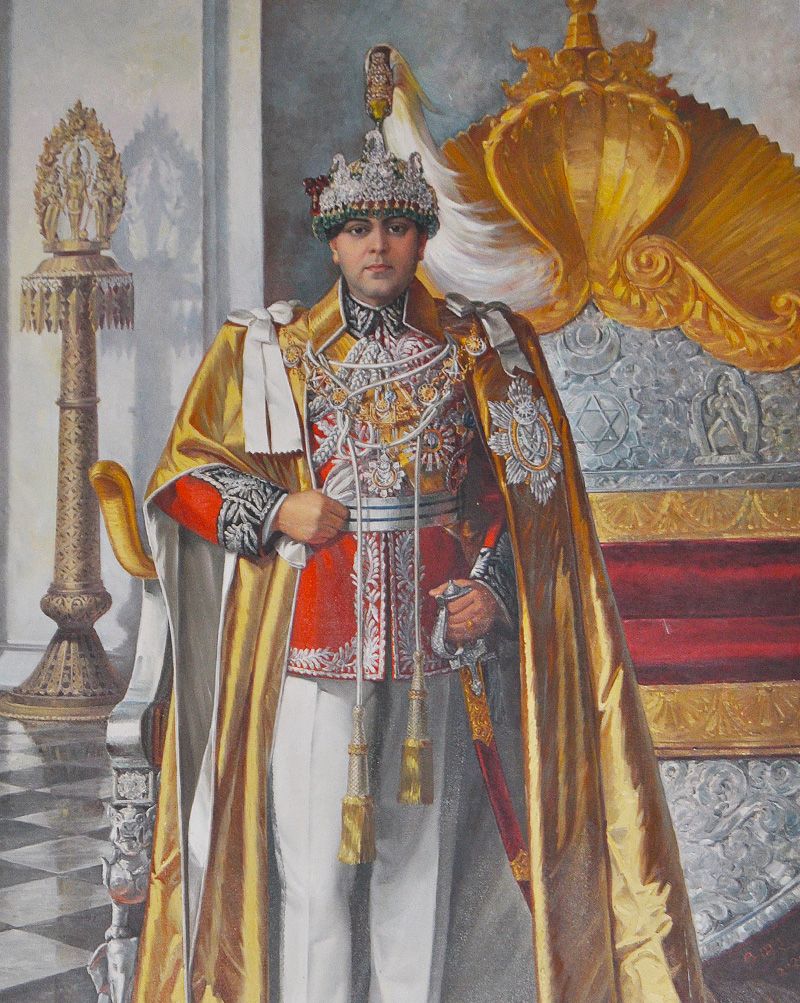
On 15 February 1951, His Majesty returned to Nepal as the King of the country. On February 18, 1951, he addressed the nation and declared democracy, ending the 104-year long Rana regime. The date continues to be celebrated as Democracy Day in Nepal.
His Majesty, although threatened and suppressed, was doing everything in his power to free himself, his country, and his people out of the grasp of the Ranas.
His Majesty King Tribhuvan, for most part of his life, was a titular King confined to his palace grounds and restrained in his activities. The Ranas held absolute power over the kingdom and the King. His Majesty wasn’t allowed to speak to outsiders without the Rana Prime Minister’s permission and couldn’t step outside of palace grounds without the Prime Minister’s approval and a Rana escort, and was only brought out in public for the sake of formality. While he had all the riches of the world, he was devoid of his own freedom.
To the world, His Majesty was presented as a debauched King, busy drinking and doing opium. And so he continued to be of little interest to the rest of the world as well as his own people. In reality, His Majesty, although threatened and suppressed, was doing everything in his power to free himself and his country out of the grasp of the Ranas.
By the mid-1930s, people’s discontentment with the Ranas had led to the establishment of several movements to overthrow them, notably the Nepal Praja Parishad, to which His Majesty King Tribhuvan himself gave his explicit support. In November 1950 with the help of allies, the 44 year old King along with his family drove out of the palace for a hunting trip. Instead, they drove to the Indian Embassy and took refuge. He was accompanied by his son, HRH Crown Prince Mahendra and the eldest grandson, HRH Prince Birendra, among others. Mahendra’s second son, HRH Prince Gyanendra was left behind at the palace with the aaya. The then Prime Minister, Mohan Shamsher Jung Bahadur Rana became furious and responded to His Majesty’s move by calling an emergency meeting of the cabinet on 7 November 1950 at Singha Durbar. He announced HRH Prince Gyanendra Bir Bikram Shah, the three-year-old grandson of His Majesty, as the new King of Nepal. On 10 November, His Majesty King Tribhuvan with his family flew to India where he was formally welcomed by Indian Prime Minister Jawahar Lal Nehru.
The removal of the King led to huge demonstrations in the country that compelled the Rana Prime Minister, Mohan Shamsher Jung Bahadur Rana to negotiate with His Majesty and the Nepali Congress. Peace talks were held in New Delhi between HM King Tribhuvan, representatives of the Nepali Congress and representatives of the Rana Government, which led to an agreement according to which HM King Tribhuvan was to form a new ministry, under his leadership, consisting of the Nepali Congress and the Ranas on an equal basis.
On 15 February 1951, His Majesty King Tribhuvan returned to Nepal as the King of the country. On February 18, 1951, he addressed the nation and declared democracy, ending the 104-year long Rana regime. The date continues to be celebrated as Democracy Day in Nepal.
As a key figure in bringing democracy to Nepal, he is also referred to as the “Father of the Nation”. He also issued a proclamation establishing a ten-member Council of Ministers headed by Prime Minister Mohan Shamsher. The Council of Ministers consisted of five representatives of the NC and five representatives of the Rana family. Mohan Shamsher held the position for a few more months and was succeeded by Matrika Prasad Koirala.
Not long after, on 13 March 1955, His Majesty King Tribhuvan passed away in Cantonal Hospital, Zürich, Switzerland after suffering a heart attack. He was just 48 years old.
During his second tenure as the King, he opened Nepal to the world and contributed towards a booming tourism industry that would become one of the main sources of income for the country.
His Majesty’s second tenure as the King kept him busy and took him to different corners of Nepal as well as the world. He was meeting his people for the first time, understanding the damage that had been done by the century-long Ranarchy and doing his best to fulfill his roles and responsibilities as the Sovereign towards his nation and his people.
The first of diplomatic relations with India, Nepal’s neighbor and ally, began during His Majesty’s reign. His trips to India often included meetings with its Prime Minister Jawaharlal Nehru and other leaders.
It was also during His Majesty’s second tenure as the King that Nepal first opened its doors to the world. By the early 1950s, Nepal’s first hotel, Royal Hotel, was established by Boris Lissanevitch with the support of Crown Prince Mahendra and Prince Basundhara. In early March of 1955, Nepal saw its first batch of international tourists land at Gaucharan Airport. The all-female group of tourists were on a 2-day tour led by Thomas Cook and Sons.
This was also the time when Nepali literature flourished, long after Bhanu Bhakta had come and gone. During the 104-year Rana regime, all writings were in praise of the Ranas and their regime. Post democracy and under the rule of a democratic, nationalist Monarch, writers such as Lekhnath Poudel, Bala Krishna Sama, Laxmi Prasad Devkota, Dharanidhar Koirala and Siddhicharan Shrestha gave some of their best literary works, thus paving the path for modern Nepali literature.
His Majesty suffered with a poor heart condition which worsened with the unprecedented responsibilities of a democratic country. In November of 1953, HM King Tribhuvan flew to University Medical Clinic in Zurich, Switzerland for treatment. Although he recovered well from the first visit and was soon back in Nepal, he was back in the hospital by November of 1954. During the same visit, while in Nice, he suffered a heart attack on 31 January 1955. Unfortunately, he never recovered completely from this and passed away on 13 March 1955 at the University Medical Clinic in Zurich, Switzerland. He was just 48 years old.
His Majesty was flown back to Nepal on 16 March in a coffin covered with flowers. He was escorted by Swiss officials, Nepali generals as well as nurses and doctors from the hospital. He was accorded full military honors by the Swiss Army. His body reached Nepal on 17 March at 12:25 pm. He was received with a 49 gun salute amidst a gathering of his people, all mourning his death.
The coffin was borne in procession from Gaucharan Airport (now Tribhuvan International Airport) to the ghats of Pashupatinath on a silver palanquin. The entire nation mourned along with His Majesty’s family members. The final rites took place by the ghats of Pashupatinath, next to the holy Bagmati, where His Majesty’s mortal body was cremated as per Hindu customs and royal rituals.
Following his death, his eldest son and heir to the throne, Crown Prince Mahendra Bir Bikram Shah became the King of Nepal.
His
Queens
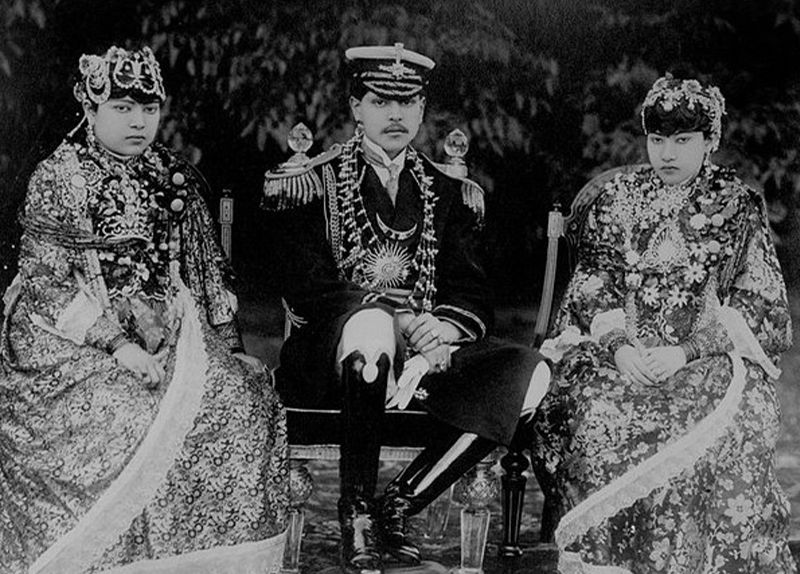
A portrait of His Majesty King Tribhuvan with his wives, Their Majesties Queen Kanti (left) and Queen Ishwari (right).
Their Majesties Queen Kanti and Queen Ishwari Rajya Laxmi Devi Shah
Their Royal Highnesses Princess Kanti and Princess Ishwari were sisters by birth. Born to Arjan Singh Sahib, Raja of Chhatara, Bargaon and Oudh and his wife, Krishnavati Devi Sahiba, the two sisters were just a year apart. Princess Kanti was born on 5 July 1906 and Princess Ishwari was born in September 1907 in Sitapur, Kheri of India.
When Their Royal Highnesses Princess Kanti was 12 years old and Princess Ishwari was 11, they were married in a double ceremony to His Majesty King Tribhuvan Bir Bikram Shah Dev in March of 1919. Princess Kanti was married to him first, making her the first wife and Queen consort. Later the same day, the King was married to Princess Ishwari.
Their Majesties Queen Kanti and Queen Ishwari, although different in body, were one in spirit. They dressed identical, from clothing and jewelry to their flower heads. Both devoted wives, they played a key role in supporting King Tribhuvan in freeing Nepal from Ranarchy.
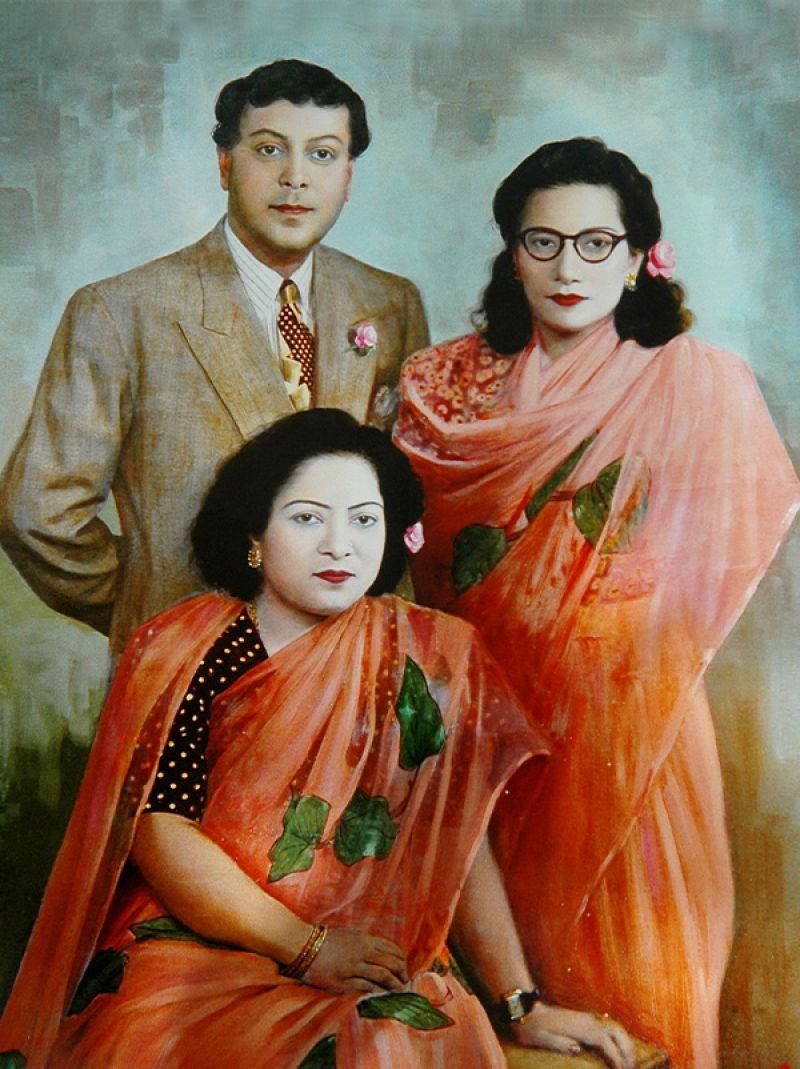
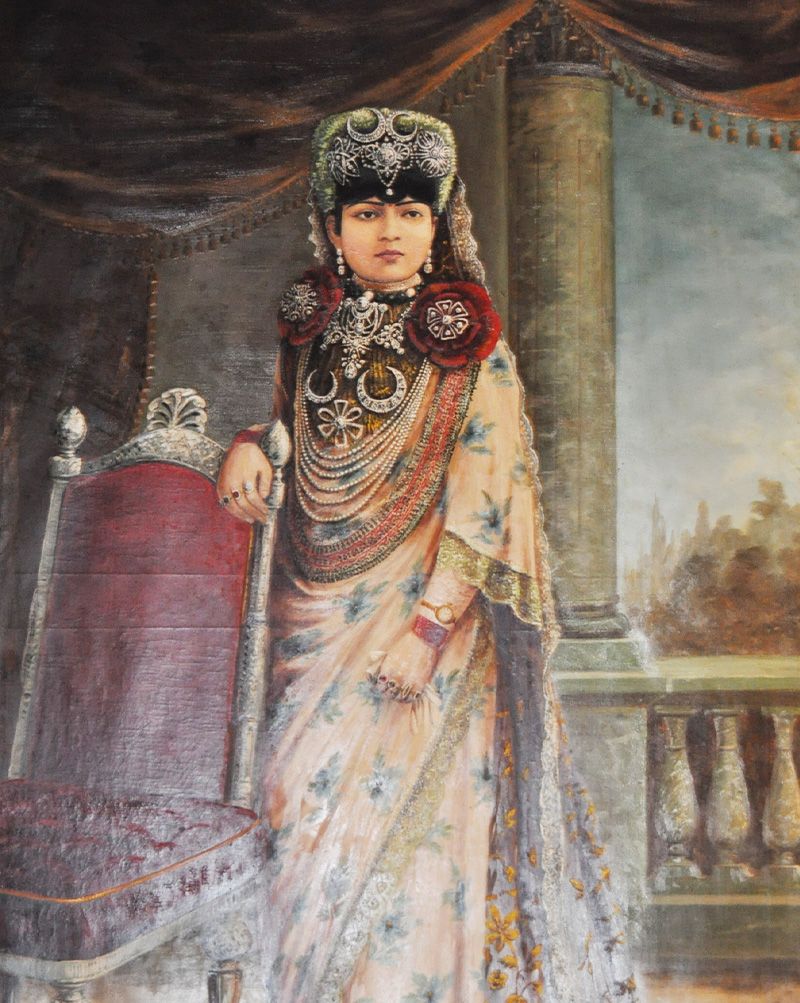
Painting of HM Queen Kanti Rajya Laxmi Devi Shah.
During the reign of HM King Mahendra Bir Bikram Shah Dev, under the initiation of the Their Majesties the Queen Mothers Kanti and Ishwari a University Commission was established on 31 March 1956 with the aim to start a Nepali university. Her Majesty the senior Queen Mother Kanti served as its Chairman and Her Majesty the junior Queen Mother Ishwari served as its Vice Chairman.
The two Queen Mothers laid down the foundation stone on 25 June 1958 for the university and donated 375 ropanis of their personal land in Lalitpur designated for their widowhood by their late husband King Tribhuvan. A year later, the university was established and it was named Tribhuvan University.
“We urge also to all our subjects to be truly loyal to us and to all our successors and order all our officers in the Army and civil service officers in our country to help and cooperate obediently, with all our ministers in execution of their responsibilities.”
Titles &
Honours
1950

1954

1954

1937

1934

1932

1918


